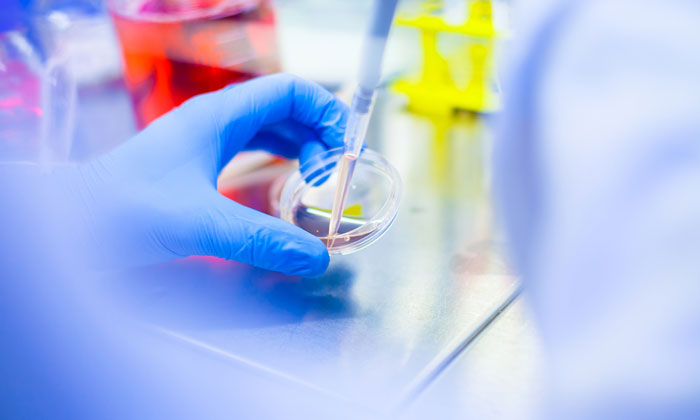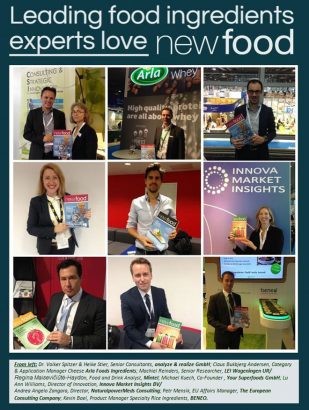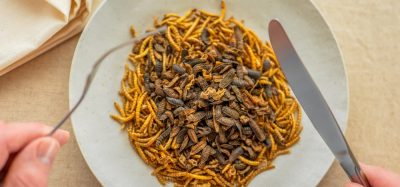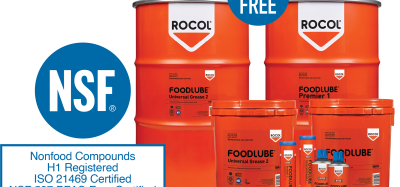Cell culture: an innovative approach for production of plant actives
- Like
- Digg
- Del
- Tumblr
- VKontakte
- Buffer
- Love This
- Odnoklassniki
- Meneame
- Blogger
- Amazon
- Yahoo Mail
- Gmail
- AOL
- Newsvine
- HackerNews
- Evernote
- MySpace
- Mail.ru
- Viadeo
- Line
- Comments
- Yummly
- SMS
- Viber
- Telegram
- Subscribe
- Skype
- Facebook Messenger
- Kakao
- LiveJournal
- Yammer
- Edgar
- Fintel
- Mix
- Instapaper
- Copy Link
Posted: 14 February 2017 | Mark Fremont PhD (VF Bioscience SAS) | No comments yet
Mark Fremont, R&D director at VF Bioscience SAS looks at cell culture as an innovative means of producing high quality plant actives.


Obtaining safe, effective and fully traceable botanical extracts is a challenging task. Raw material supply is a critical issue: the plants must be carefully identified, free of contaminants and pathogens.
Concentration and even chemical composition of actives in the source material often vary depending on geographical or seasonal factors, which complicates the production of a properly-titrated, pure and potent extract. Growth and harvesting of plants can have significant environmental impacts when it comes about rare species which cannot be cultivated, or species whose culture requires high consumption of resources such as water, soil and energy.
A cutting-edge technology, developed by the Italian biotech company Active Botanicals Research (ABR, Brendola), offers an alternative approach which overcomes most of these issues. Instead of using wild or field-grown plants as source material, ABR extracts active molecules from plant cells grown in liquid culture systems. Callus cultures, and then cell suspension cultures, are established from different vegetal tissues explants.


These cultures are screened by HPLC, LC-MS and NMR in order to identify the metabolically most efficient cell colonies; scale-up of the culture to bioreactors is then performed to achieve production of large quantities of biomass from which active molecules can be extracted, purified and titrated.
This approach offers multiple benefits:
- unlimited supply of raw material, even for rare plant species;
- perfect homogeneity from batch to batch: quality of the final product is not impacted by factors like seasonality or geographical origin of the raw material;
- strictly controlled production environment that garantees the absence of contaminants such as pesticides or fertilizers in the final product;
- no environmental impact;
- full traceability.
The benefits of using plant cell culture are not limited to production and quality aspects: the procedure is also cost-effective as the concentration of active molecules in the cells is often higher than in raw plant material. The reduced need to perform plant authentication analyses (which can be complex and costly), contaminant dosage and other quality/traceability tests also results in significant savings. Finally, the technology offers a guarantee on price stability: there is no risk that a shortage of raw material (due to exceptional climatic conditions, excess demand…) will cause abrupt price increases.
Currently available actives
Three actives are already produced on an industrial scale: Teupol (teupolioside from Ajuga reptans); Echinan (echinacoside from Echinacea angustifolia); and Acteos (verbascoside from Lippia citriodora).
Teupol is obtained from cultured cells of Ajuga reptans, a plant used in traditional medicine for the treatment of various ailments including fever, biliary disorders, ulcers and skin diseases. Teupol has a standardised content of Teupolioside (also known as Lamiuside A), the major active component of Ajuga reptans. It is a secondary metabolite produced by the plant for defensive purposes against environmental agents such as UV radiations. The scarce quantities of Teupolioside in the plant is the reason why this ingredient cannot easily be obtained with classical extraction techniques; its complex chemical structure also makes its chemical synthesis difficult. Only ABR technology can ensure sufficient yields and reasonable production cost.
The benefits of using plant cell culture are not limited to production and quality aspects…
In addition to anti-inflammatory and antioxidant effects, Teupolioside act as a modulator of 5 alpha-reductase activity, and can therefore be used to address testosterone-related disorders such as juvenile acne, androgenic alopecia (hair loss) and benign prostatic hyperplasia.
Echinan is an innovative, high-purity extract from Echinacea angustifolia cultured cells. Echinacea angustifolia is an important element of traditional medicine preparations in North America. The roots, but also sprouts and flowers were used by American Indians in traditional remedies to fight infections, fatigue, lack of appetite. Nowadays Echinacea angustifolia is well known for its immunomodulatory, antioxidant and scavenging properties.
The most important active ingredient extracted from Echinacea angustifolia is the phenylpropanoid Echinacoside. Echinacoside is a natural caffeic acid-related molecule produced by the plant as a defense molecule against pathogens. In addition to immunomodulatory effects, Echinacoside also features anti-inflammatory, neuroprotective, anti-neoplastic and anti-aging properties.
Echinan is titrated at 4% Echinacoside and is an ingredient of choice for high-quality formulations that will support immune function, but also provide antioxidant and anti-inflammatory action.
An ABR clinical study recently showed the efficacy of Echinacoside for decreasing plasma lipid peroxidation levels in sport people, allowing faster recovery.
Acteos is a standardised extract from Lippia citriodora cultured cells. Lippia citriodora, also known as Verbena citriodora (Lemon verbena), was and is still used by indigenous populations in South America for the treatment of respiratory affections such as cold and flu, cough and bronchitis. Lippia citriodora is also used as a relaxant and carminative herb that counteracts the effects of stress, especially those that affect the stomach.
The major active component of Lippia citriodora is Verbascoside (also known as Acteoside). Verbascoside is a secondary metabolite produced by the plant as a defense against insects and parasites. It is a phenylpropanoid with a structure characterised by a caffeic acid and a hydroxytyrosol residue bound to a glucopyranoside. Verbascoside has various biological properties. It is a potent antioxidant that protects liver cells and reduces oxidative stress markers; it shows benefits for neurodegenerative conditions such as Parkinson’s disease and Alzheimer’s disease in animal models; it has an antihypertensive effect and contributes to a better regulation of blood glucose levels.
ABR conducted in vitro and in vivo studies that demonstrated Verbascoside’s anti-inflammatory properties. Specifically, Verbascoside was shown to protect smokers against oxidative stress. Its combined effects on hypertension, glucose regulation, inflammation and oxidative stress make Verbascoside a particularly beneficial compound for prevention and treatment of metabolic syndrome.
Finished product development
All ABR actives have been authorised as Novel Food according to Article 5 of EU Regulation 258/97, based on substantial equivalence with currently marketed plant extracts. And based on the same substantial equivalence principle, health claims which are allowed for the classical extracts can also be used for the cell-derived actives.
Teupol, Echinan, Acteos are therefore available for finished product development, used either as stand alone ingredients, or in combination with other functional ingredients, vitamins or minerals. ABR has established a partnership with French ingredient and food supplement company VF Bioscience to develop finished products and distribute raw ingredients in several European countries.









